
Tealeaved willow (Salix phylicifolia) Plants Candide
Salix pulchra, also commonly called diamondleaf or tealeaf willow and sometimes treated as a subspecies of S. planifolia (S. planifolia ssp. pulchra), is now treated as a distinct species. Plant Description Plant Type Tree Size 8 - 29.5 ft tall Form Upright Growth Rate Fast Dormancy Winter Deciduous Flower Color Green, Cream, Yellow
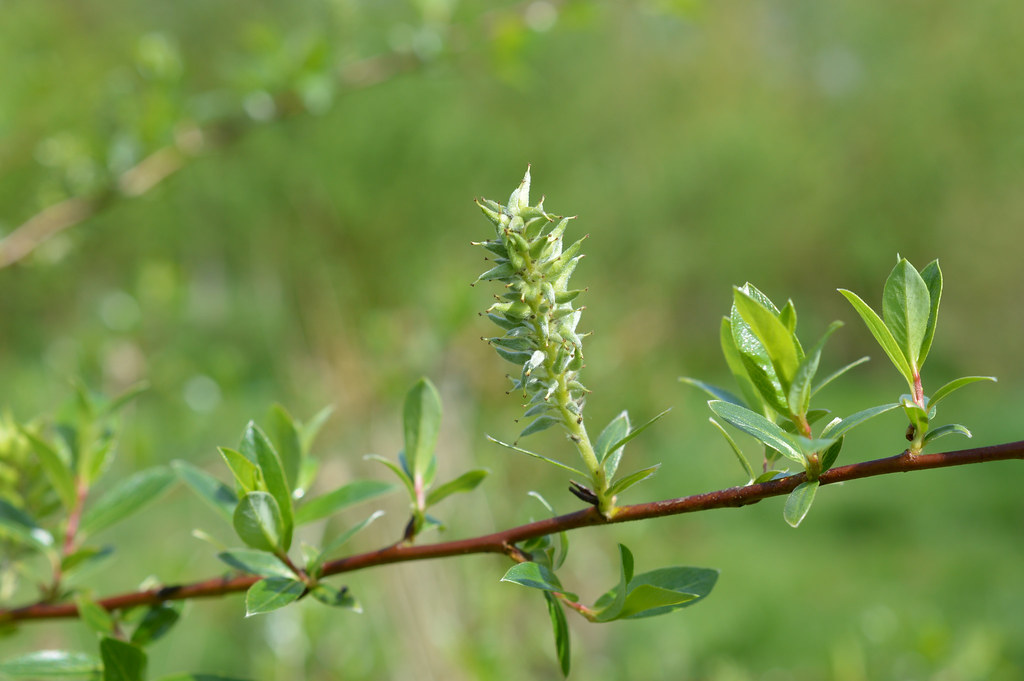
Salix phylicifolia (Tealeaved Willow) Farndon Willow Holt… Flickr
Deciduous shrub Life Cycle: Perennial Maximum Size: 10 metres tall Habitats: Ditches, fields, gardens, meadows, mountains, riversides, roadsides, swamps, waterside, wetland. Flower: ֍ Yellow, no petals Short slender catkins. Male and female catkins are both yellow.

Salix phylicifolia (Tealeaved Willow) Farndon Willow Holt… Flickr
General Description Shrubs 0.5-2 m. Twigs glabrous, black to reddish, shiny. Leaf blades 1-7 cm long, elliptic with entire margins; shiny green above, glaucous below. Female catkins 1-4 cm long, emerging before the leaves, sessile; scales black, long-hairy.

Tealeaved Willow (Salix planifolia) Idaho Fish and Game
Tea-leaved willow Find your perfect green friends. Plan your green oasis based on your criteria: plant type, pet safety, skill level, sites, and more. Download the App Distribution Map Native Cultivated Invasive Potentially invasive Exotic No species reported More About How-Tos Lighting Full sun Learn More Temperature -25 35 ℃ Learn More
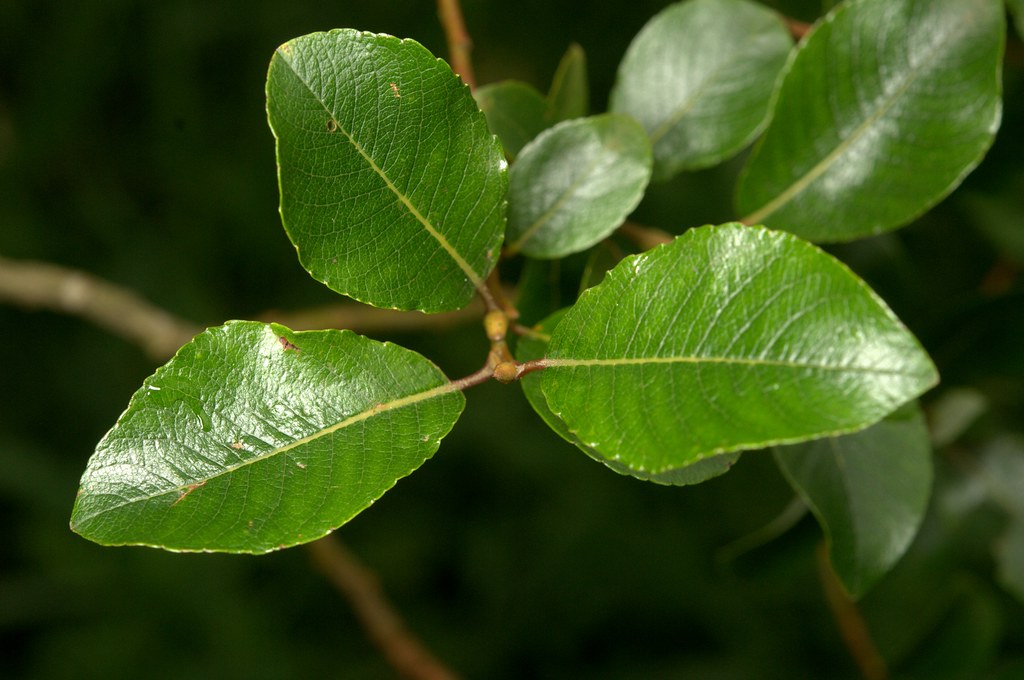
Tealeaved Willow, Salix phylicifolia, Loch Lubnaig, Argyl… Flickr
Published: December 2, 2021 - Last updated: July 29, 2022 Tea in general is an incredible comfort. Whether you need something to soothe your throat or warm up your hands on a cold day, there is a tea for you. However, when you drink tea, you might be wanting benefits other than comfort.

Flowering willow. Beautiful catkin of Tealeaved Willow (Salix phylicifolia). First signs of
Tea Leaved Willow Salix phylicifolia L. collect. overview; data; media; articles; names; Kari Pihlaviita cc-by-nc-2. Salix phylicifolia (Tea Leaved Willow) is a species of tree in the family Salicaceae. They have simple, broad leaves. Individuals can grow to 1.9 m.

Salix planifolia (tealeaved willow) Go Botany
Source: Wikipedia. Salix phylicifolia, the Tea-Leaved Willow, is a species of willow native to Northern Europe including Iceland, the Faroe Islands, Scandinavia, Finland, Russia, and Western Siberia. It was the first bush found on the new volcanic island of Surtsey near Iceland.
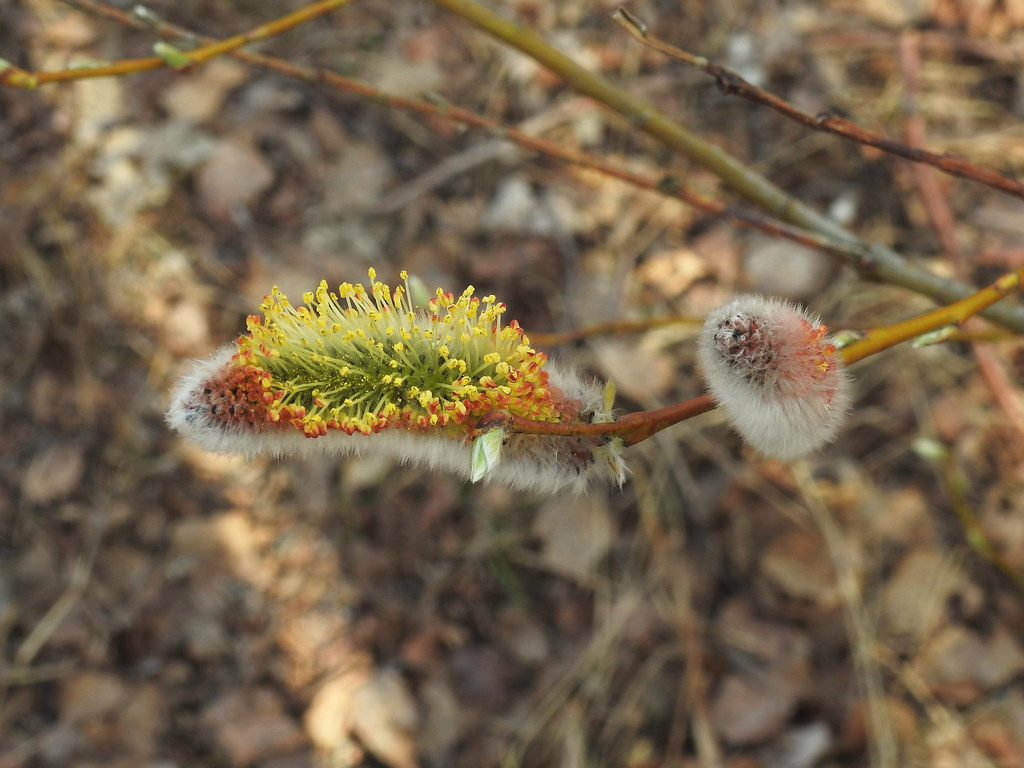
Salix phylicifolia Tealeaved Willow 2019.04.19 Tali, He… Flickr
Willows, also called sallows and osiers, of the genus Salix, comprise around 350 species (plus numerous hybrids) of typically deciduous trees and shrubs, found primarily on moist soils in cold and temperate regions.. Most species are known as willow, but some narrow-leaved shrub species are called osier, and some broader-leaved species are referred to as sallow (from Old English sealh, related.

Salix planifolia (tealeaved willow) Go Botany
Peach-leaf Willow (Salix amygdaloides) Grows up to 60' (medium sized tree). Blooms in May. So-called due to this willow's leaves resembling those of a peach tree. It can be found inhabiting the banks of streams and ponds, low woods, and roadside gullies. Prairie Willow (Salix humilis) Grows up to 10' (colonial shrub). Blooms from April to May.
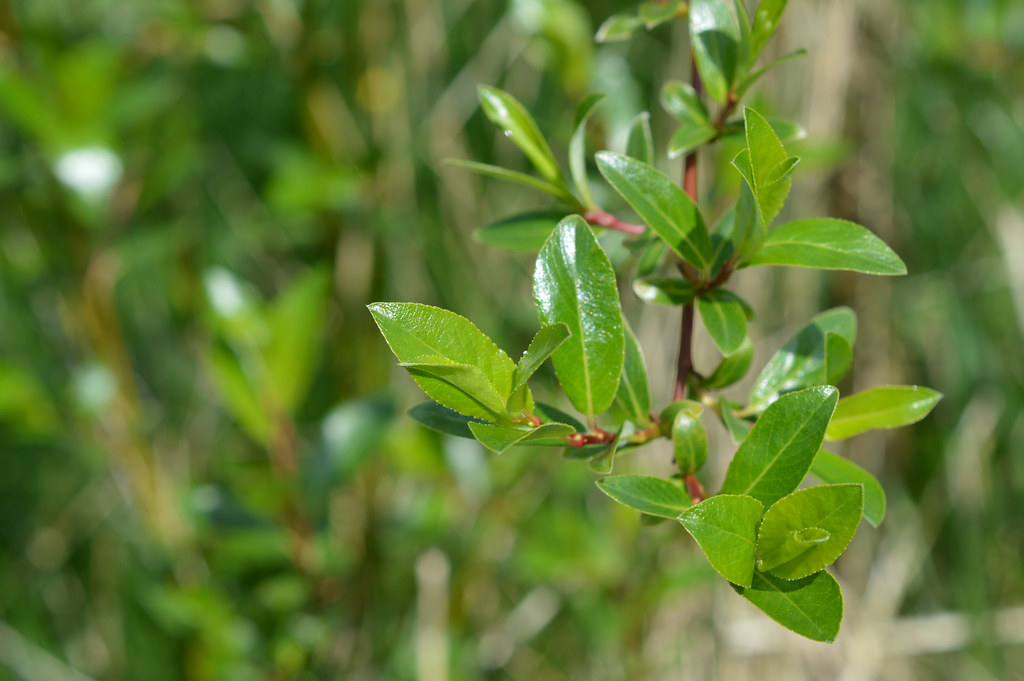
Salix phylicifolia (Tealeaved Willow)2 Farndon Willow Ho… Flickr
Salix phylicifolia, the tea-leaved willow, is a species of willow native to Northern Europe including Iceland, the Faroe Islands, Scandinavia, Finland, Russia, and Western Siberia. It was the first bush found on the new volcanic island of Surtsey near Iceland. Description Salix phylicifolia forms a shrub to 5 m (16 ft) tall. External links

Catkins of TeaLeaved Willow ( Salix phylicifolia Stock Photo Alamy
Salix phylicifolia L. (Tea-leaf willow, Tea-leaved willow). Family Salicaceae. Genus Salix. World flora

2001 Tealeaved willow (Salix phylicifolia 'Strandir') at Tröllatunga, Westfjords
The tea-leaved willow has been subject of many studies on its phytochemical substances in its leaves and the effect this has on predation by insects like aphids. It is a dioecious shrub. It is a member of the willow family (Salicaceae). The Icelandic name of this species is Gulvíðir. open page of all plant groups

Salix phylicifolia (Tealeaved Willow) catkin Farndon Wi… Flickr
The tea-leaved willow likes water. Once short of water, it will develop yellow leaves and withered branches. In the summer months in particular, seedlings and new plants should be watered on a daily basis.However, mature plants will naturally have a certain amount of drought resistance. According to the drought of the soil, plants are usually watered at about 5 pm every day.
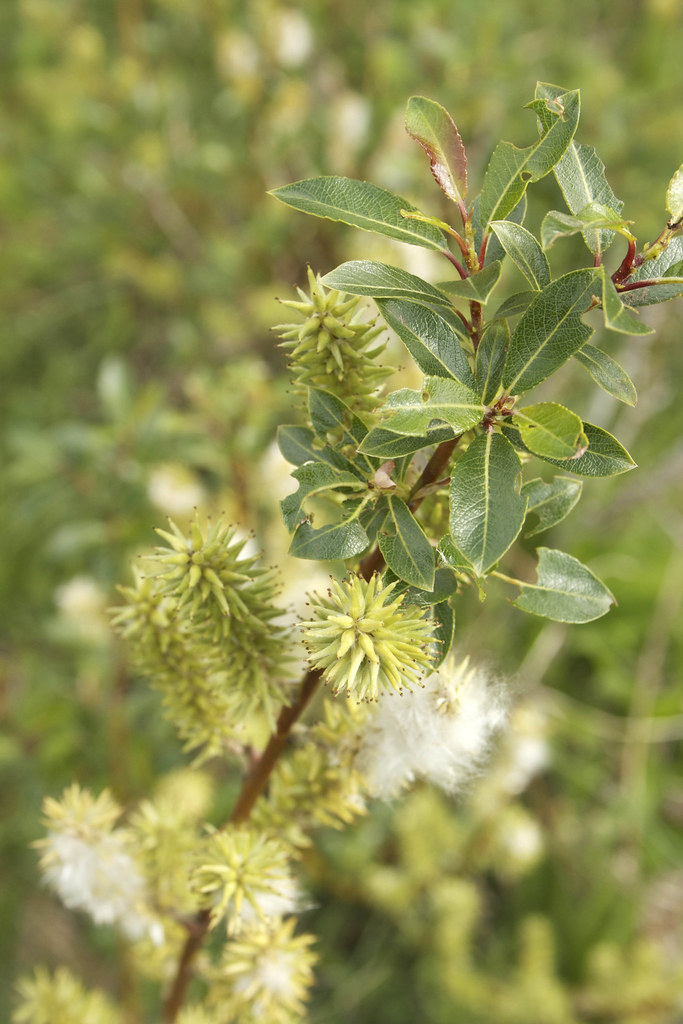
Tealeaved willow On the river Tees, between Low Force and… Flickr
the plant is a shrub (i.e., a woody plant with several stems growing from the base) Leaf type the leaf blade is simple (i.e., lobed or unlobed but not separated into leaflets ) Leaves per node there is one leaf per node along the stem Leaf blade edges the edge of the leaf blade has no teeth or lobes the edge of the leaf blade has teeth
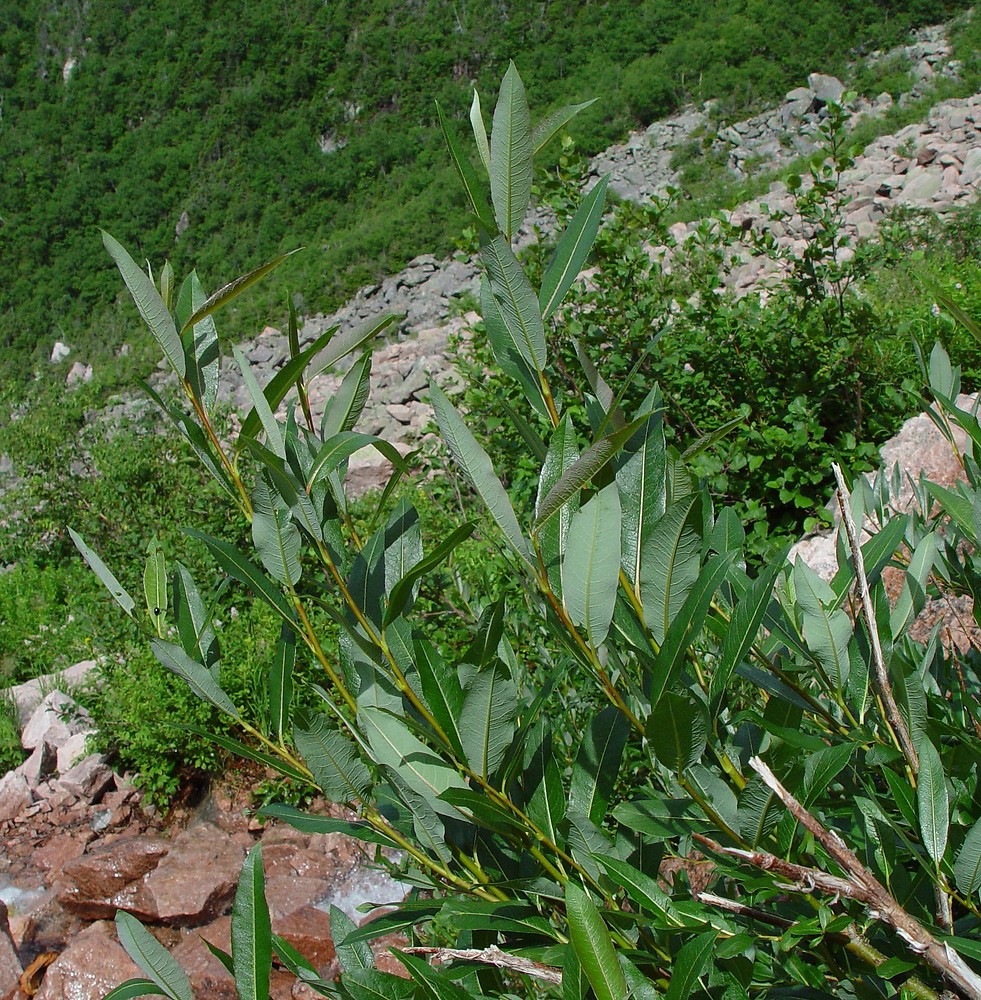
Salix planifolia (tealeaved willow) Go Botany
Bogacheva IA, 1994. Compensation of foliage losses in willow in the forest-tundra during an outbreak of leaf-eating insects. Lesovedenie, No. 6:62-69; 13 ref. Google Scholar. Bormotov VI, Nilov VN, 1987. Tannin content of Salix L. species in Arkhangel'sk province. Rastitel'nye Resursy, 23 (No. 2):234-238; 15 ref.
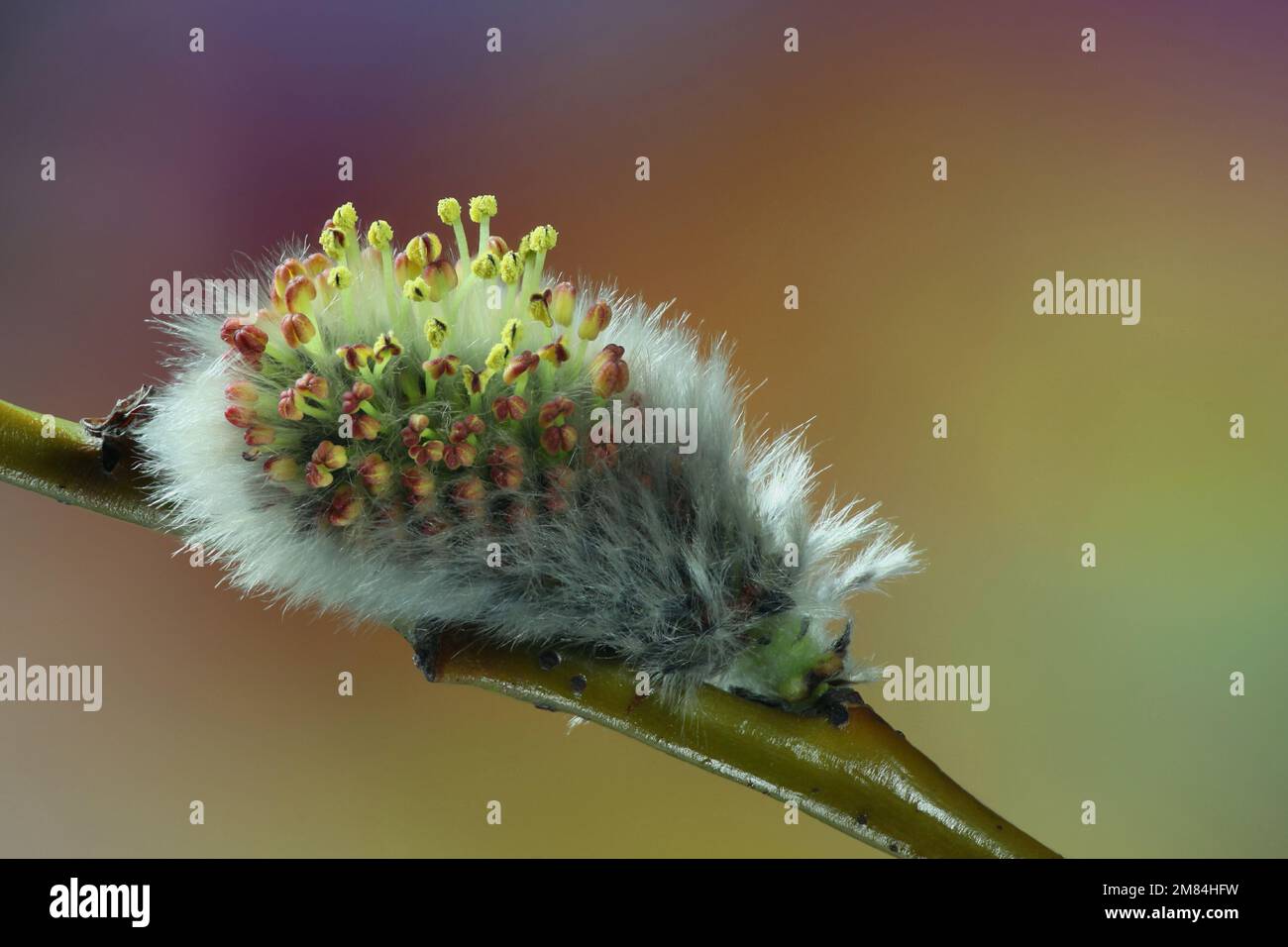
Flowering willow. Beautiful catkin of Tealeaved Willow (Salix phylicifolia). First signs of
Home Species Salix phylicifolia : Tea-leaved Willow Biota Eukaryota Plantae Tracheophyta Magnoliopsida Malpighiales Salicaceae Salix Salix phylicifolia JSON Salix phylicifolia L. Tea-leaved Willow species Accepted Name authority: UKSI Establishment means: Native Overview Gallery Names Classification Records Literature Sequences Data Partners